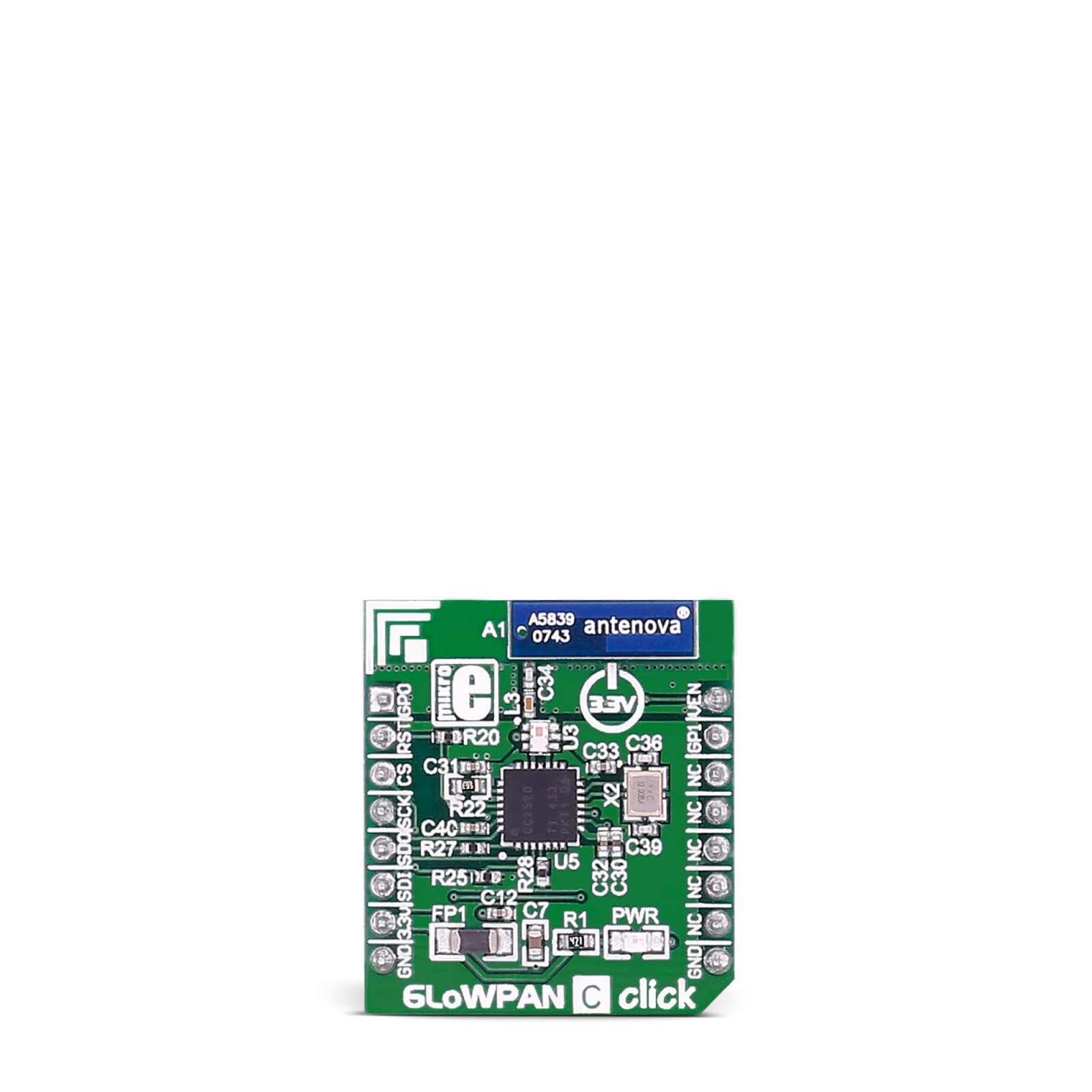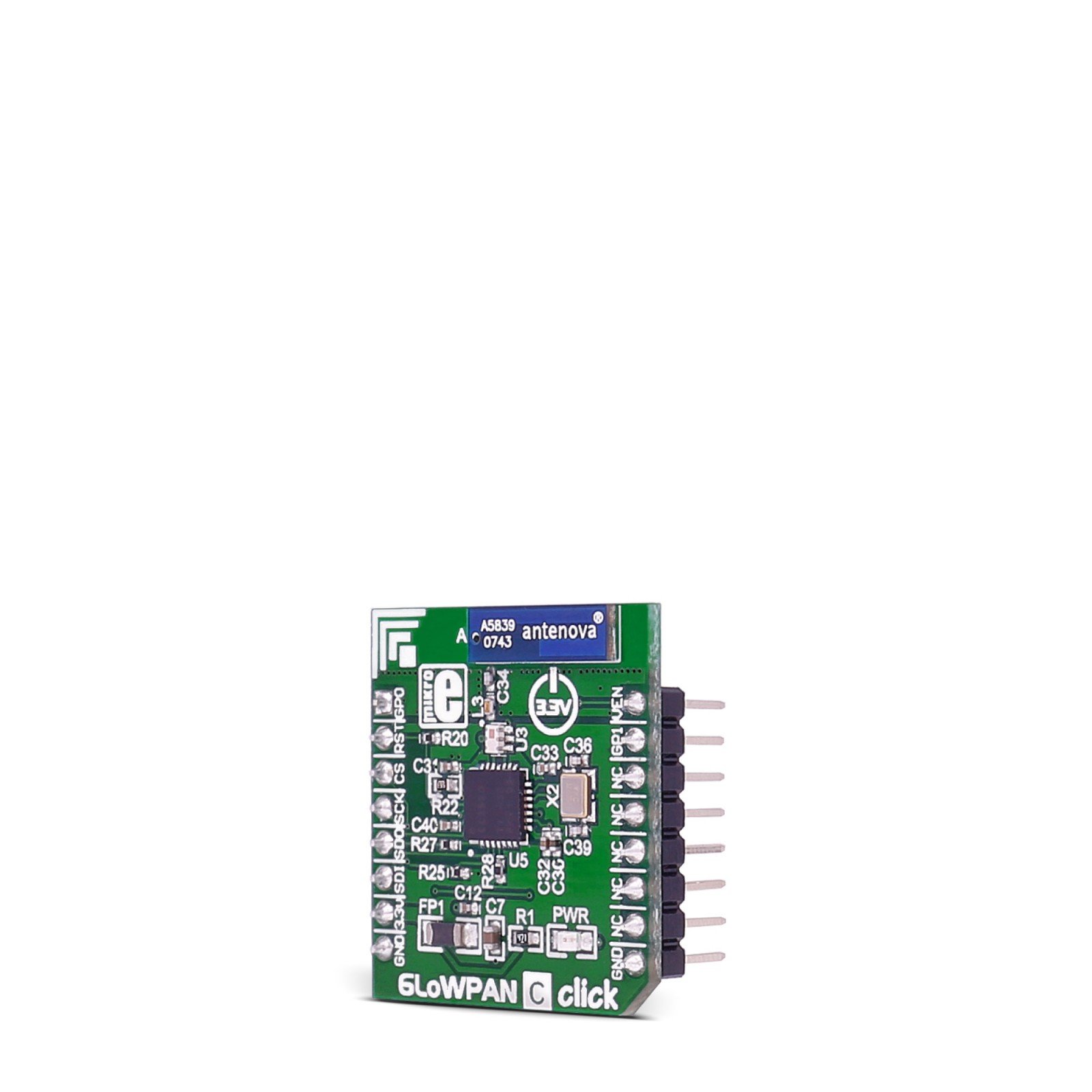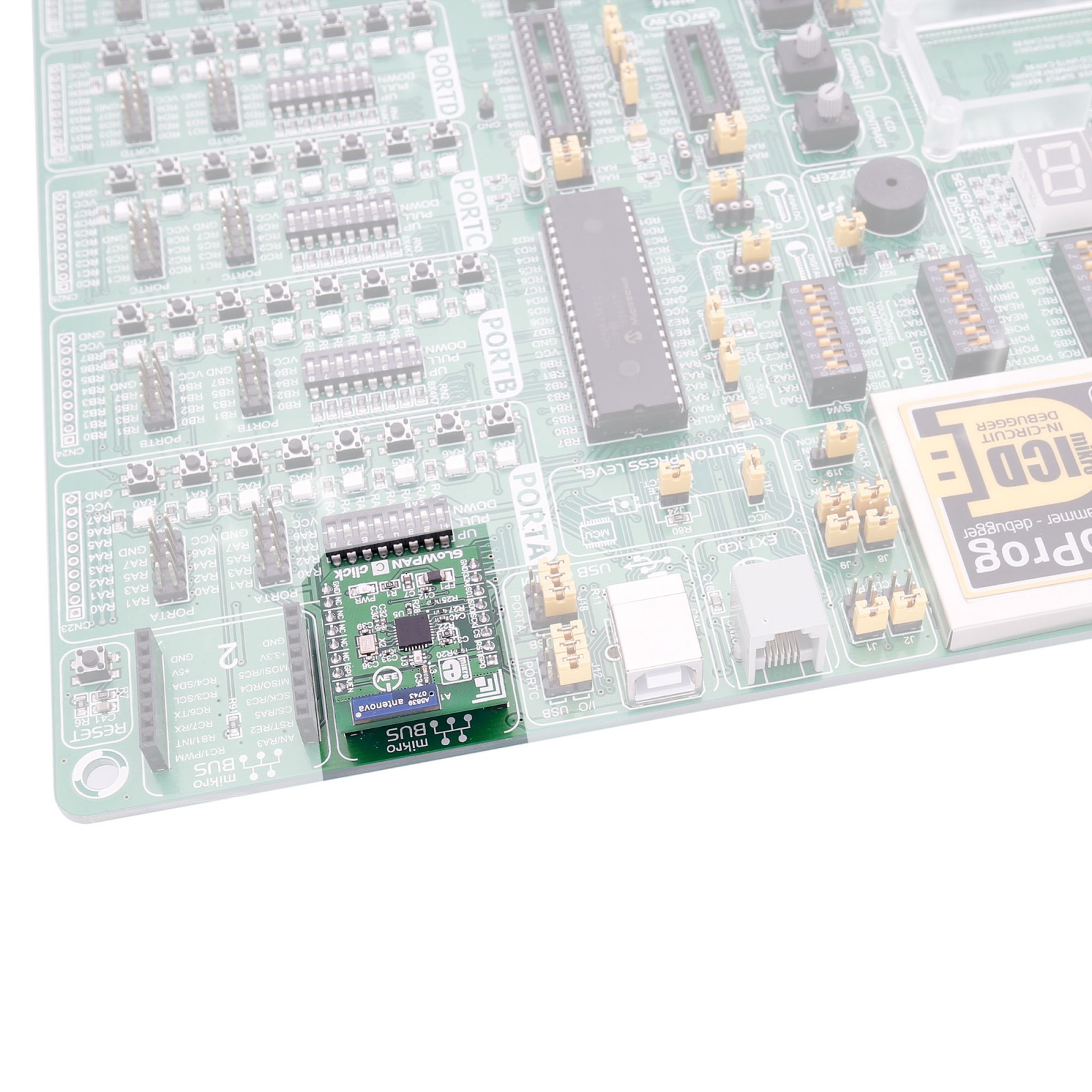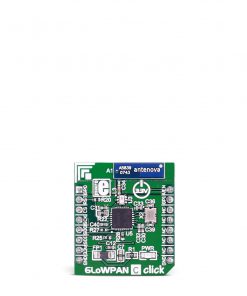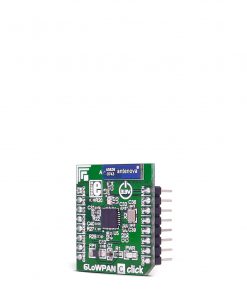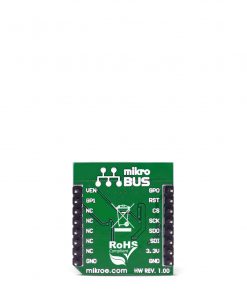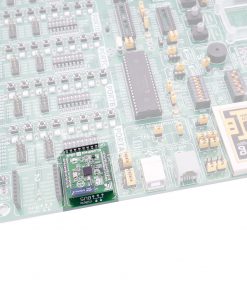-
×
 ccRF2 Click
1 ×
ccRF2 Click
1 × R800.00R720.00 -
×
 RTC Click
1 ×
RTC Click
1 × R390.00R351.00 -
×
 RTC 2 Click
1 ×
RTC 2 Click
1 × R465.00R418.50 -
×
 MPU 9DOF Click
1 × R550.00
MPU 9DOF Click
1 × R550.00 -
×
 EXPAND Click
3 ×
EXPAND Click
3 × R260.00R234.00 -
×
 microSD Click
1 ×
microSD Click
1 × R355.00R319.50 -
×
 MP3 Click
1 ×
MP3 Click
1 × R485.00R436.50 -
×
 ADC Click
1 ×
ADC Click
1 × R540.00R486.00 -
×
 3D Motion Click
1 ×
3D Motion Click
1 × R1,050.00R945.00
Subtotal: R5,415.00

